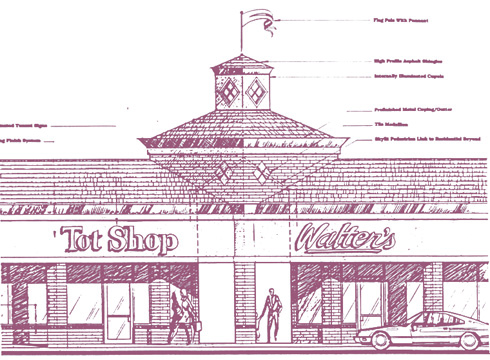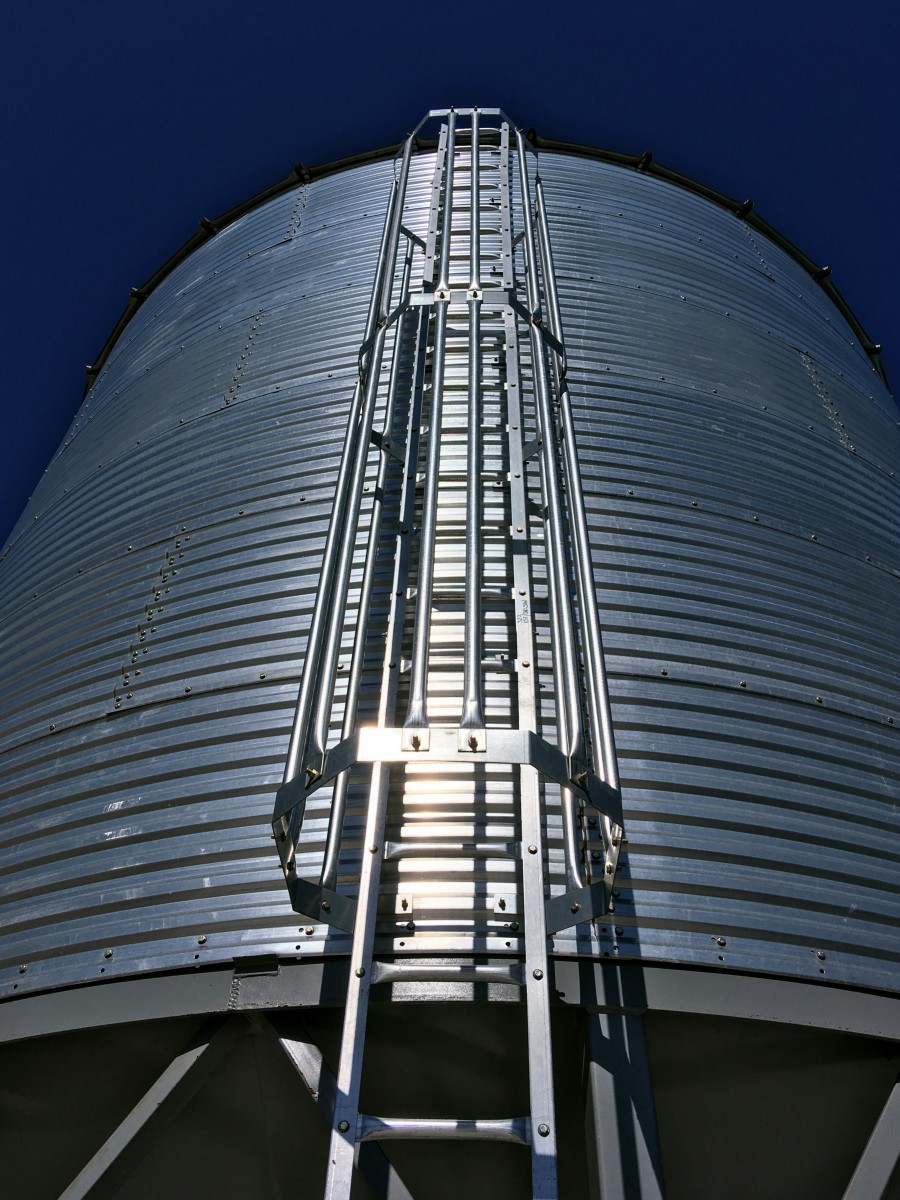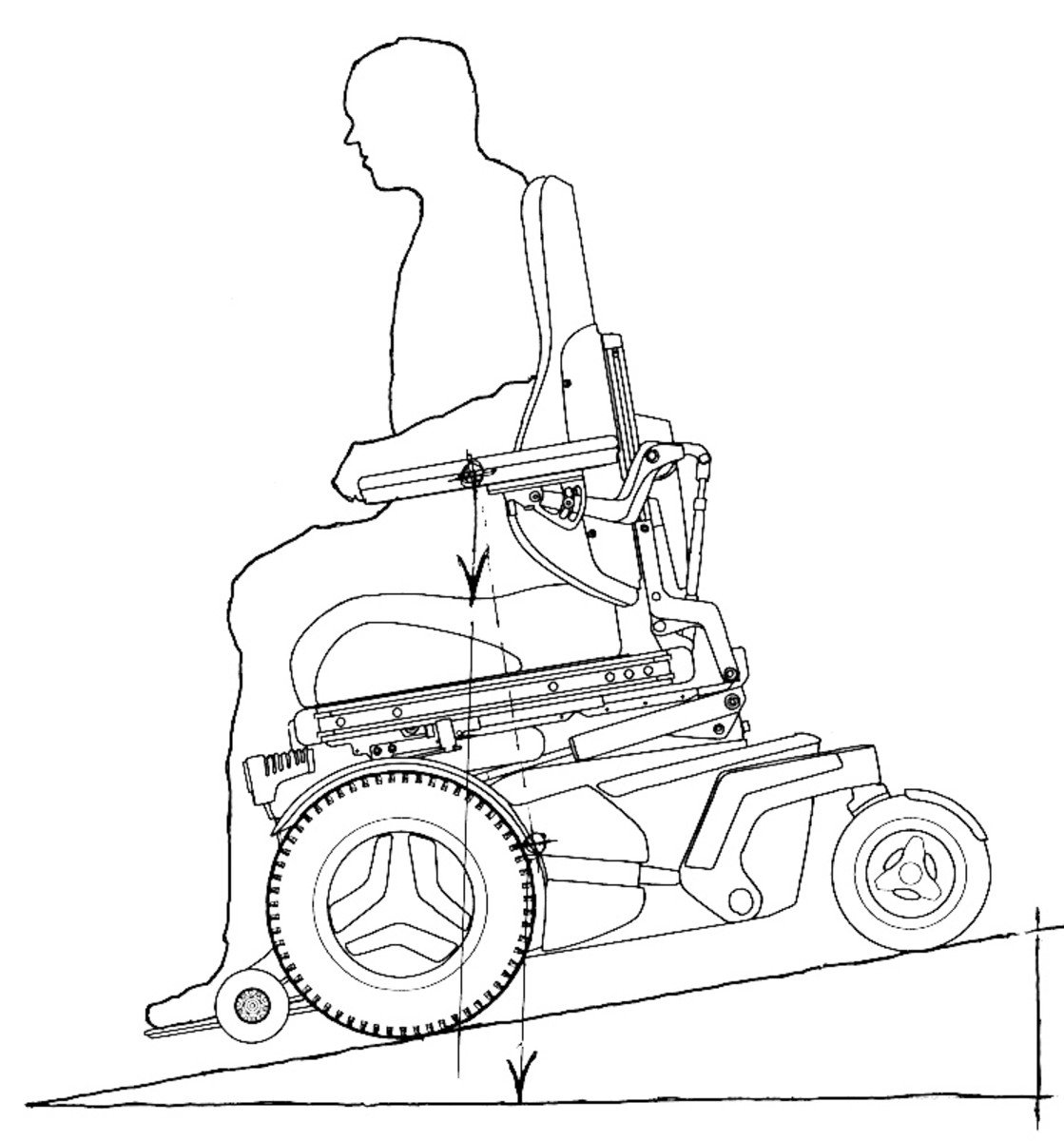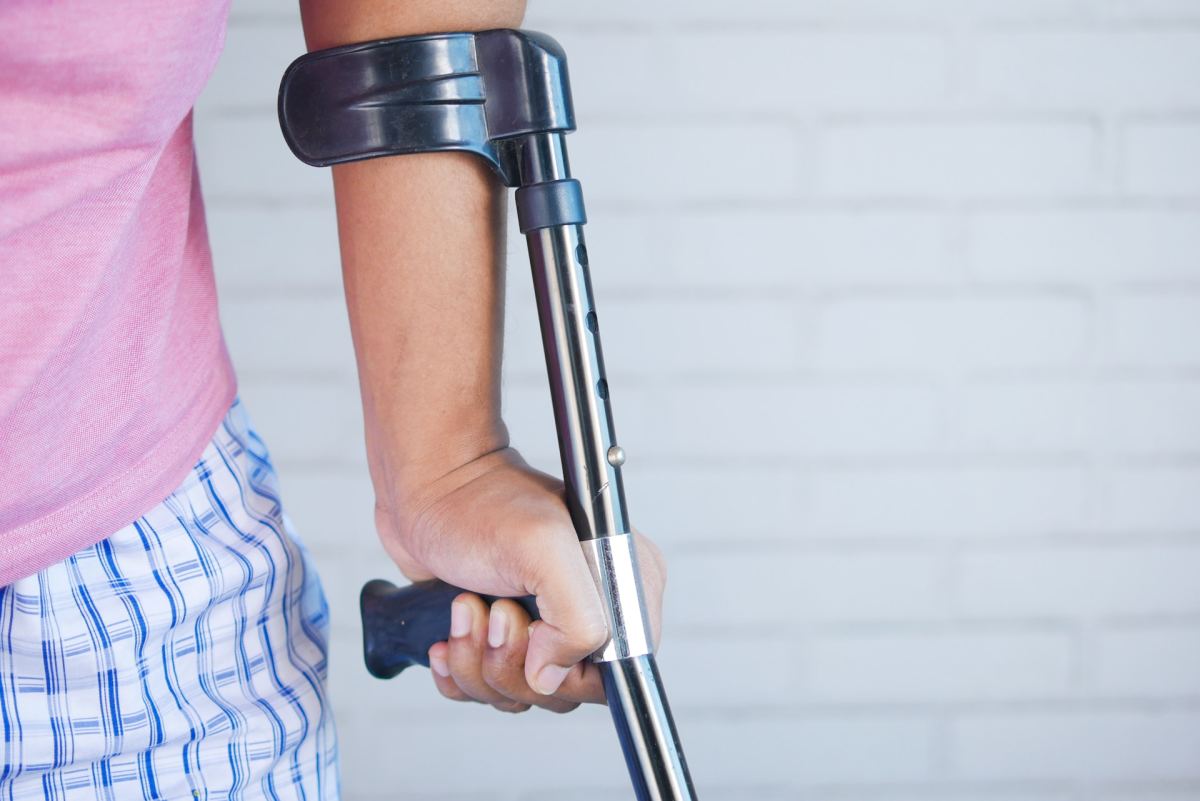Personal Injury: Walks, Ramps, Stairs and Steps
Design, Build and Maintain a Safe Facility

Trip & Fall and Slip & Fall Accidents are Common
Annually there are a million personal injury slip/trip/fall incidents and thousands of fatalities across the U.S., many of them involving walks, ramps, stairs and steps. We are all susceptible to falls involving ramps, stairs, steps, changes of level, handrails, and guardrails (especially toddlers, children and the elderly). And stair injuries to elders and infants alike can be life-threatening. So as a potential personal injury litigant, what should you know about stairs and steps?
Where to Begin
First, you should know that the design and configuration of walks, ramps, stairs and steps are regulated by most building codes across the nation, as well as by the Americans with Disabilities Act (ADA) and construction industry standards, such as the American National Standards Institute (ANSI), and ASTM, among others.
Second, you must realize that such codes and industry standards may regulate a comprehensive range of physical features of walks, ramps, stairs and steps — such as their locations, dimensions, steepness, clearances, materials, construction details, handrails and guardrails and their strength, levels of illumination, color or contrast, markings and warnings, maintenance, etc.
Third, you should understand what makes for good walks, ramps, stairs, steps and transitions of floor level:
A. To provide safe access for either a wheelchair, or an elder with a walker, or anyone infirm or disabled — and to comply with the ADA — floor and sidewalk ramps should be sloped no more than 1 unit in 12 (in other words, they should rise no more than 1" for every 12" of length, or 'run'), or no more than approximately 5 degrees.
B. The most comfortable exterior stairs for most people will have treads about 12” deep and risers about 6” high, and thus have a cumulative ‘slope’ of about 26.5 degrees. The ideal exterior stair also has a riser with a slight ‘nosing’ or rounded projection at its forward edge, or, alternatively, a riser that recedes slightly at its base, to better accommodate safe and secure placement of the user's foot while ascending or descending the stairs.
More Design & Construction Tips
C. The most comfortable interior stairs for most people have treads about 11” deep and risers about 7.5” high. They should have slightly projected nosings (the forward-most ends of the treads), and those nosings should ideally be rounded or beveled. Such stairs thus have a cumulative ‘slope’ of about 34.2 degrees. Such a stair design will comply with most residential or commercial construction codes across the country.
D. Some residential or older codes may allow, and some older structures may contain, stairs that are steep and, in fact, hazardous. Such stairs may have treads as shallow as about 9”, and risers as high as 8.5”, giving them a cumulative ‘slope’ of over 43 degrees. These stairs will feel quite steep to the average person, and will afford little room or leeway in the placement of one’s feet while ascending or descending, increasing the likelihood of a slip or fall. It is best to modify or replace such stairs whenever feasible.
E. The optimal mounting height for handrails for all stairs is from 34” to 38” vertically above the leading edge of treads or nosings. The same range in height is ideal for ramps, measured vertically above the ramp surface.
Fourth, it is also helpful to understand some common-sense considerations regarding walks, ramps, stairs and steps:
Twelve Reminders
- Walking surfaces — especially those subject to outdoor weather or the likelihood of spills — are best when they are non-slippery, but provide sufficient traction for shoes to ‘grip’ rather than slip. Bear in mind the broad range of 'normal' footwear, from flip-flops to combat boots to spike heels.
- To provide the easiest and safest access for wheelchairs, elders with walkers, or anyone who may be disabled, structures with few or no steps are ideal. Ramped floor transitions complying with the Americans with Disabilities Act (ADA) are best. And don't forget that disability may be in ambulation, sight, hearing, balance, grip-strength, psychology, and attention.
- Isolated single steps are generally prohibited from commercial or public facilities by most codes. A single step anywhere outside a home or even within it — say, at a sunken living room — can be a particular nuisance and danger, because they it is often unexpected, or not readily noticed on approach, or quite simply ‘forgotten’.
- Exterior stairs, steps, ramps and walks should ideally be protected from the needless accumulation of water, snow, ice and melting snow or ice.
- Spiral stairs, winders, and any stairs with variable treads or risers tend to be the most dangerous; they should therefore often be shallower and deeper than straight stairs. Landings can offer areas of respite in long staircases or at changes in direction or at unexpected stair transitions.
- Steps and stairs are easiest to notice when they are accompanied by handrails, guardrails, or changes in floor color, material or texture, or other physical attention-getter.
- Ramps, steps and stairs should always be well lit.
- Many codes require that certain steps bear a contrasting color along their leading edges to announce their presence.
- Every set of stairs should be provided with a handrail on at least one side. Ideally stairs should have handrails on both sides. Handrails must be designed and mounted to sustain the lateral force or load of a grown person (in many codes, that sustained force or load must be 200 to 250 pounds at any point along the rail and in any direction).
- To be child-proof, stair handrails and guardrails must be designed so as not to allow the passage at any point through the handrail or guardrail of a 4” sphere (the approximate size of an infant’s head).
- Stairs should provide adequate clearance. In most instances today, stairs should be no narrower than 36” in clear width. Sufficient clearance should also be provided at the tops and bottoms of stairs and at landings to enable safe maneuvering onto and off of stairs.
- Ladders to attics, crawl-spaces, bunk beds, lofts, etc. can be particularly hazardous, unless proper safeguards are taken; they require solid construction, sufficient strength, suitable handrails or handholds, adequate lighting, sufficient caution or warning, and so on.
- Architectural Expert Witness
In todays society, there is a growing need for Architectural Expert Witnesses. What are they? - Using an Architect
Perhaps you recognize the name of Frank Lloyd Wright, one of Americas greatest architects of the past. - Designing Parking Lots
With virtual seas of asphalt seeming to stretch from horizon to horizon, some would say we have sacrificed far too much of our world to the automobile. But the effective design of parking lots is essential to the proper functioning of 21st Century...





